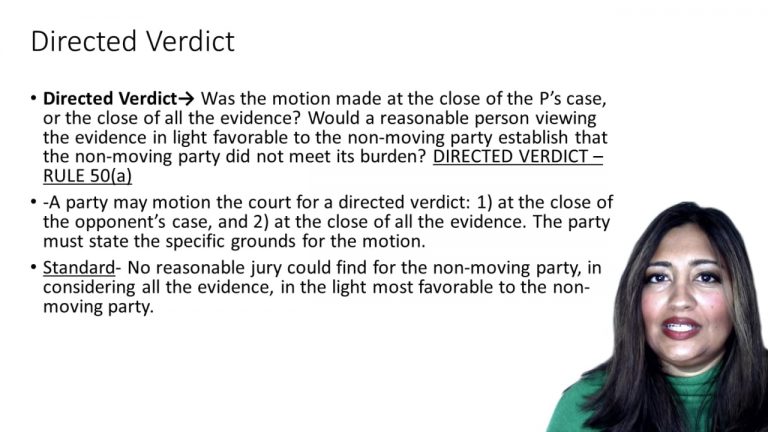SmartBrief
Confirm favorite deletion?
Criminal Procedure Keyed to Dressler
United States v. Thomas
Citation:
116 F.3d 606.Facts
The defendants were charged with violating federal narcotic laws. The Government attempted to use a peremptory challenge on a juror who would later be empaneled as “Juror No. 5.” The trial court denied the Government’s challenge, motivated in part by Juror No. 5’s status as the only black juror in a case involving black defendants.
Following several weeks of trial, a group of jurors complained that Juror No. 5 was distracting by squeaking his shoe against the floor, rustling cough drop wrappers in his pocket, and by showing agreement with points made by defense counsel. The trial court interviewed each juror, and while seven of them indicated that Juror No. 5 was a source of some distraction, they did not think it would cause problems. Juror No. 5 explained to the court that he sometimes got “carried away” in listening to the attorneys’ arguments, but he stated that he would have no difficulty in applying the law as set out by the court to the evidence presented at trial and assured the court that he would “restrain himself” from engaging in any further distracting behavior.
After deliberations began, some jurors complained about Juror No. 5 again because he voted not guilty and would not change his mind. The next day, the court received a note from a juror that stated that the jury was unable to reach a verdict due to Juror No. 5’s “predisposed disposition.” The court again conducted interviews with the jurors. One juror described Juror No. 5 as “hollering” at fellow jurors, another said he had called his fellow jurors racists, another said that he pretended to vomit during lunch time, and two jurors told the court that he had come close to striking a fellow juror. A few jurors believed that he would not change his mind because he participated in drug activity, and some believed that he would not change his mind because of his race. The jurors, however, were not unanimous in identifying Juror No. 5 as a source of disruption in the jury room and one juror informed the judge that the other jurors were “picking on” him. Juror No. 5 told the court that he needed more substantial evidence in order to convict the defendants.
The judge decided to discharge Juror No. 5. He believed the juror had become a distraction and found that he was refusing to convict “because of preconceived, fixed, cultural, economic, [or] social . . . reasons that are totally improper and impermissible.” The remaining eleven jurors returned a guilty verdict and the defendants were convicted. They appealed.
Only StudyBuddy Pro offers the complete Case Brief Anatomy*
Access the most important case brief elements for optimal case understanding.
*Case Brief Anatomy includes: Brief Prologue, Complete Case Brief, Brief Epilogue
- The Brief Prologue provides necessary case brief introductory information and includes:
Topic:
Identifies the topic of law and where this case fits within your course outline.Parties:
Identifies the cast of characters involved in the case.Procedural Posture & History:
Shares the case history with how lower courts have ruled on the matter.Case Key Terms, Acts, Doctrines, etc.:
A case specific Legal Term Dictionary.Case Doctrines, Acts, Statutes, Amendments and Treatises:
Identifies and Defines Legal Authority used in this case.
- The Case Brief is the complete case summarized and authored in the traditional Law School I.R.A.C. format. The Pro case brief includes:
Brief Facts:
A Synopsis of the Facts of the case.Rule of Law:
Identifies the Legal Principle the Court used in deciding the case.Facts:
What are the factual circumstances that gave rise to the civil or criminal case? What is the relationship of the Parties that are involved in the case.Issue(s):
Lists the Questions of Law that are raised by the Facts of the case.Holding:
Shares the Court's answer to the legal questions raised in the issue.Concurring / Dissenting Opinions:
Includes valuable concurring or dissenting opinions and their key points.Reasoning and Analysis:
Identifies the chain of argument(s) which led the judges to rule as they did.
- The Brief Prologue closes the case brief with important forward-looking discussion and includes:
Policy:
Identifies the Policy if any that has been established by the case.Court Direction:
Shares where the Court went from here for this case.

 2m 14s
2m 14s